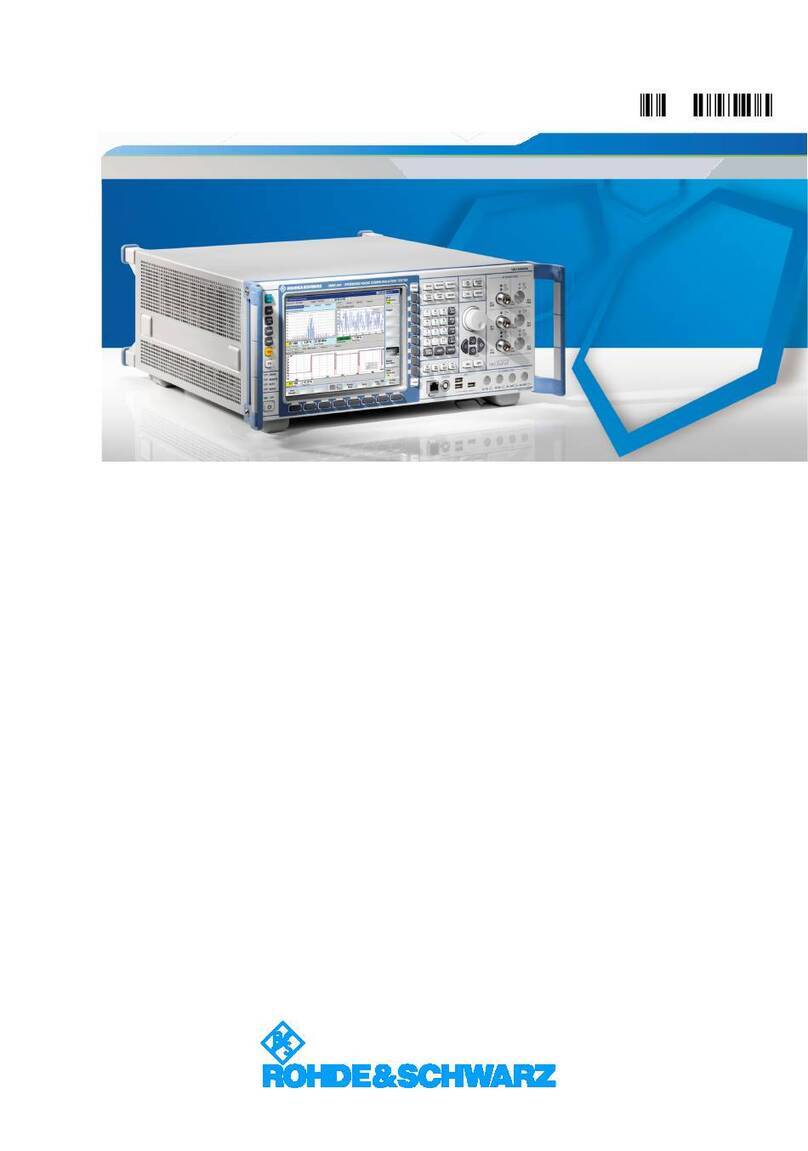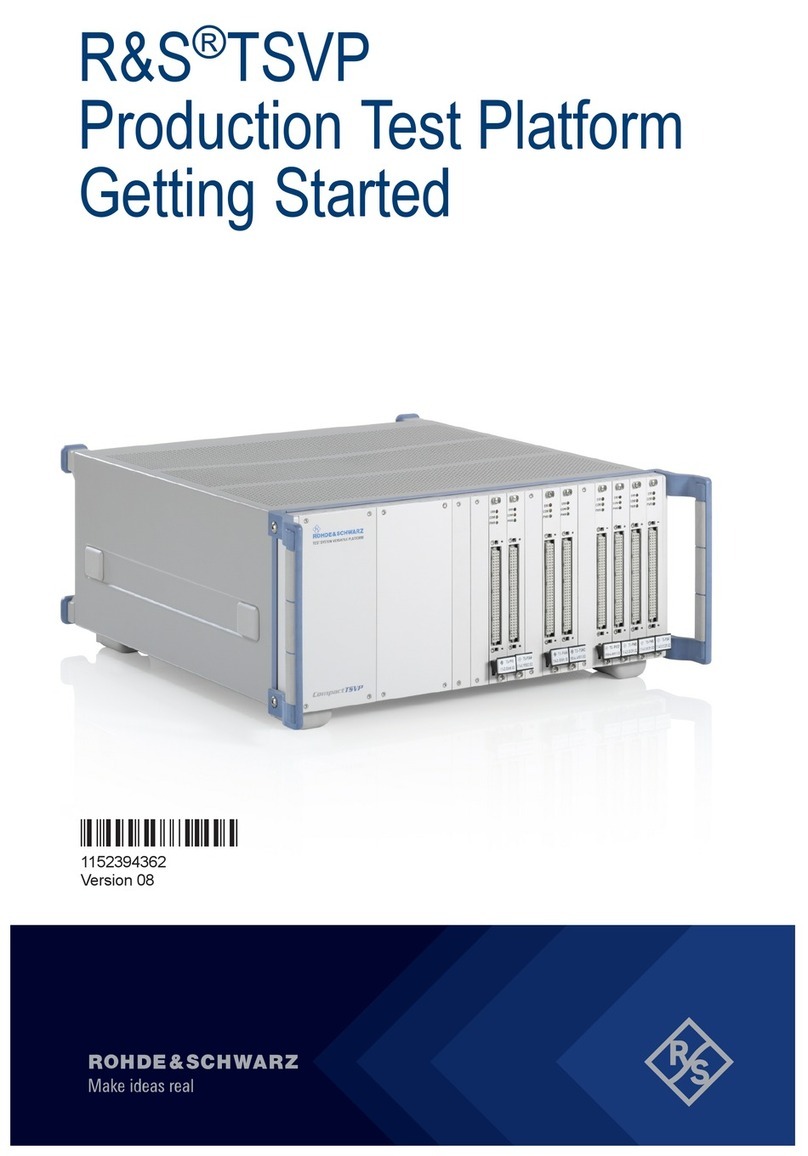Rohde & Schwarz Scope Rider RTH1004 User manual
Other Rohde & Schwarz Test Equipment manuals

Rohde & Schwarz
Rohde & Schwarz SFQ User manual
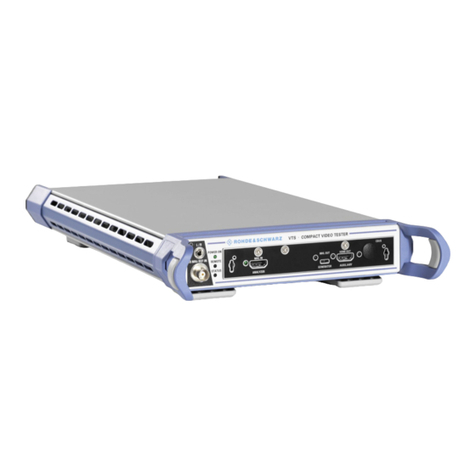
Rohde & Schwarz
Rohde & Schwarz VTS User manual
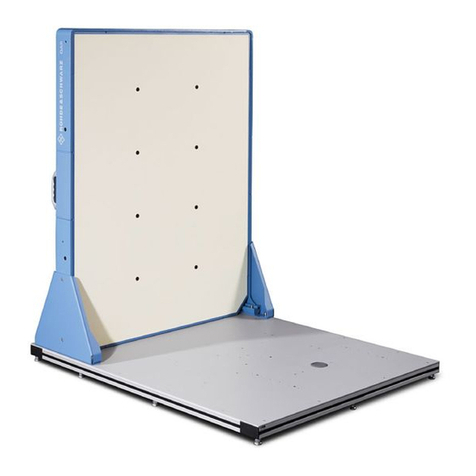
Rohde & Schwarz
Rohde & Schwarz R&S QAR User manual
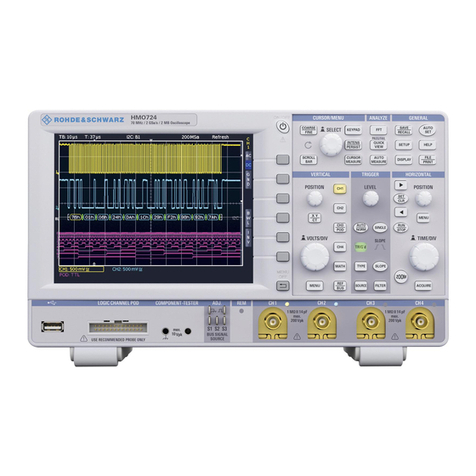
Rohde & Schwarz
Rohde & Schwarz HMO Compact Series User manual
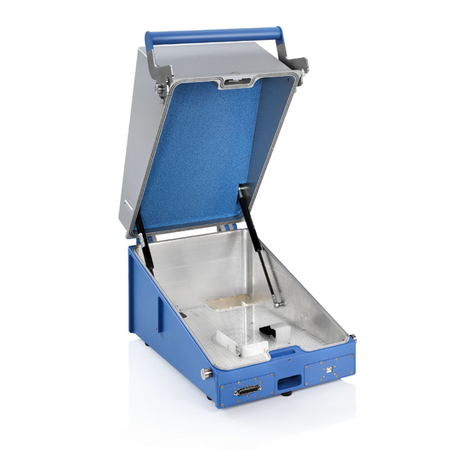
Rohde & Schwarz
Rohde & Schwarz R&S CMU-Z10 User manual

Rohde & Schwarz
Rohde & Schwarz RTE User manual
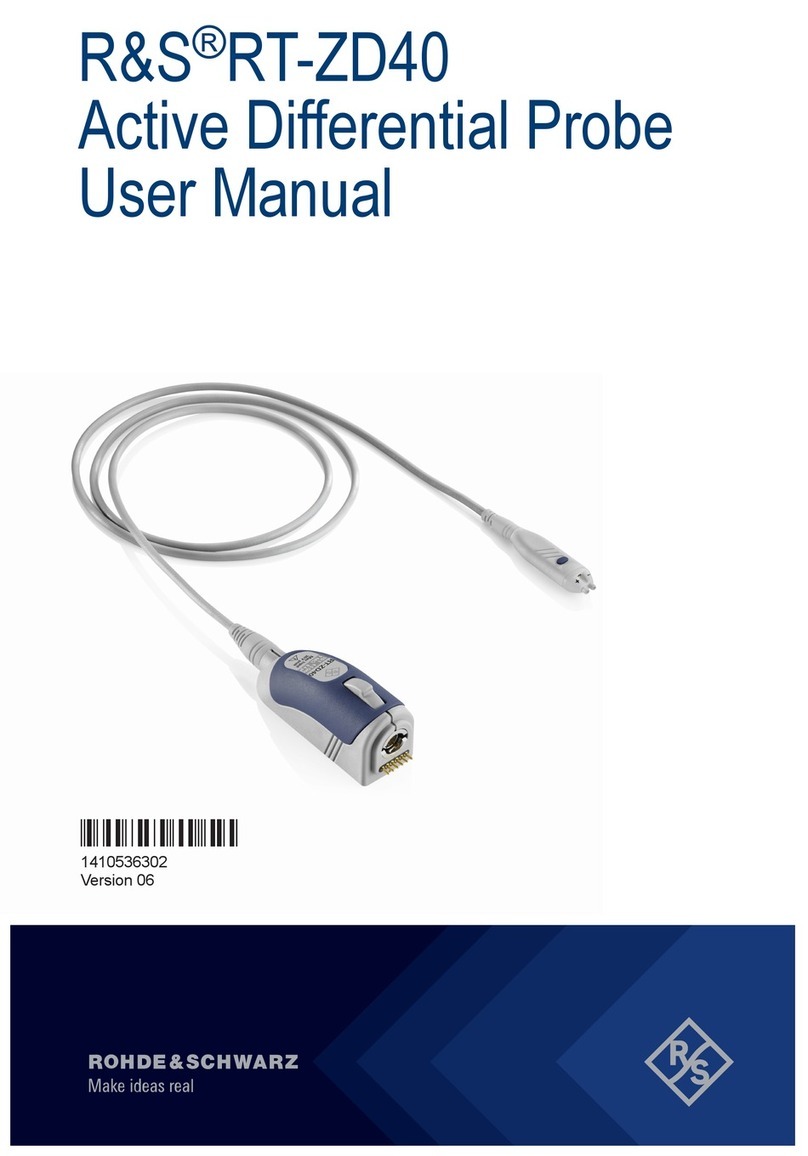
Rohde & Schwarz
Rohde & Schwarz RT-ZD40 User manual

Rohde & Schwarz
Rohde & Schwarz RTP044B User manual

Rohde & Schwarz
Rohde & Schwarz RTE1022 User manual

Rohde & Schwarz
Rohde & Schwarz CMW-K998 User manual
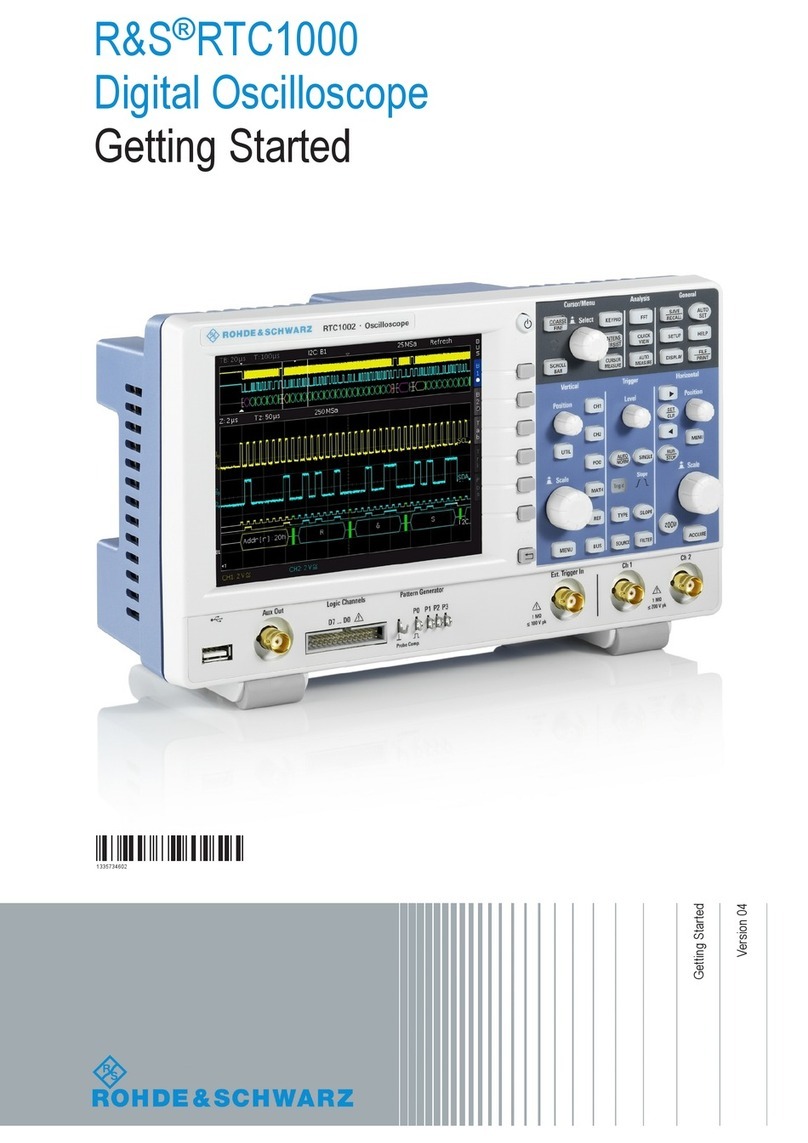
Rohde & Schwarz
Rohde & Schwarz RTC1000 User manual

Rohde & Schwarz
Rohde & Schwarz RT-ZS10 User manual
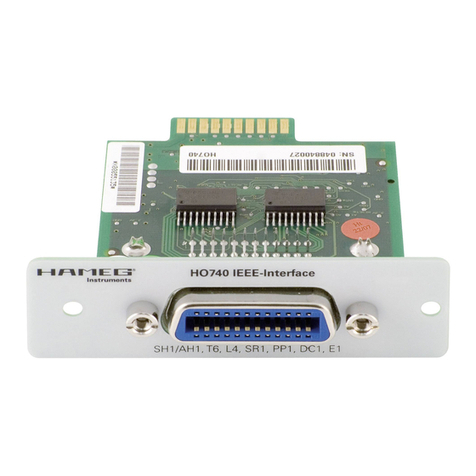
Rohde & Schwarz
Rohde & Schwarz Hameg IEEE-488 GBiP Interface HO740 Install guide
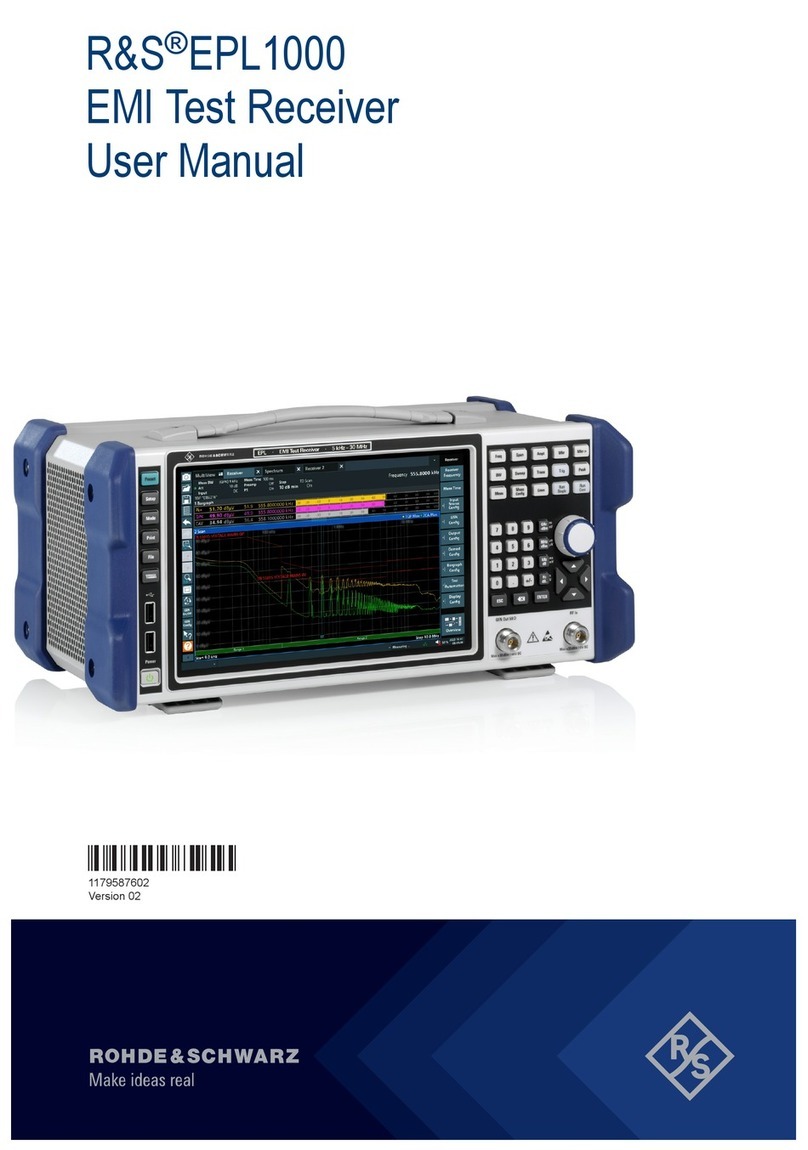
Rohde & Schwarz
Rohde & Schwarz R&S EPL1000 User manual

Rohde & Schwarz
Rohde & Schwarz CMW-KM750 User manual
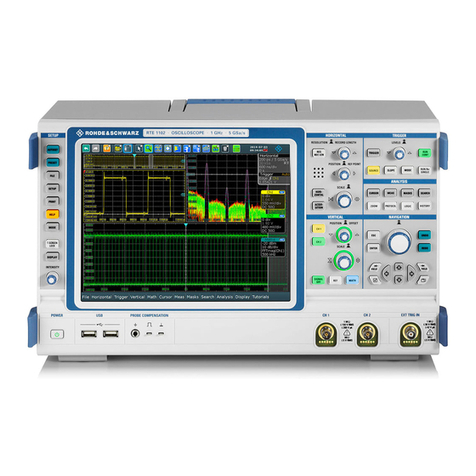
Rohde & Schwarz
Rohde & Schwarz RTE Series User manual
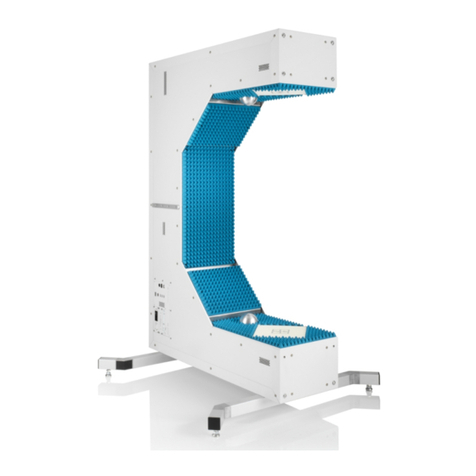
Rohde & Schwarz
Rohde & Schwarz R&S QAR50 User manual
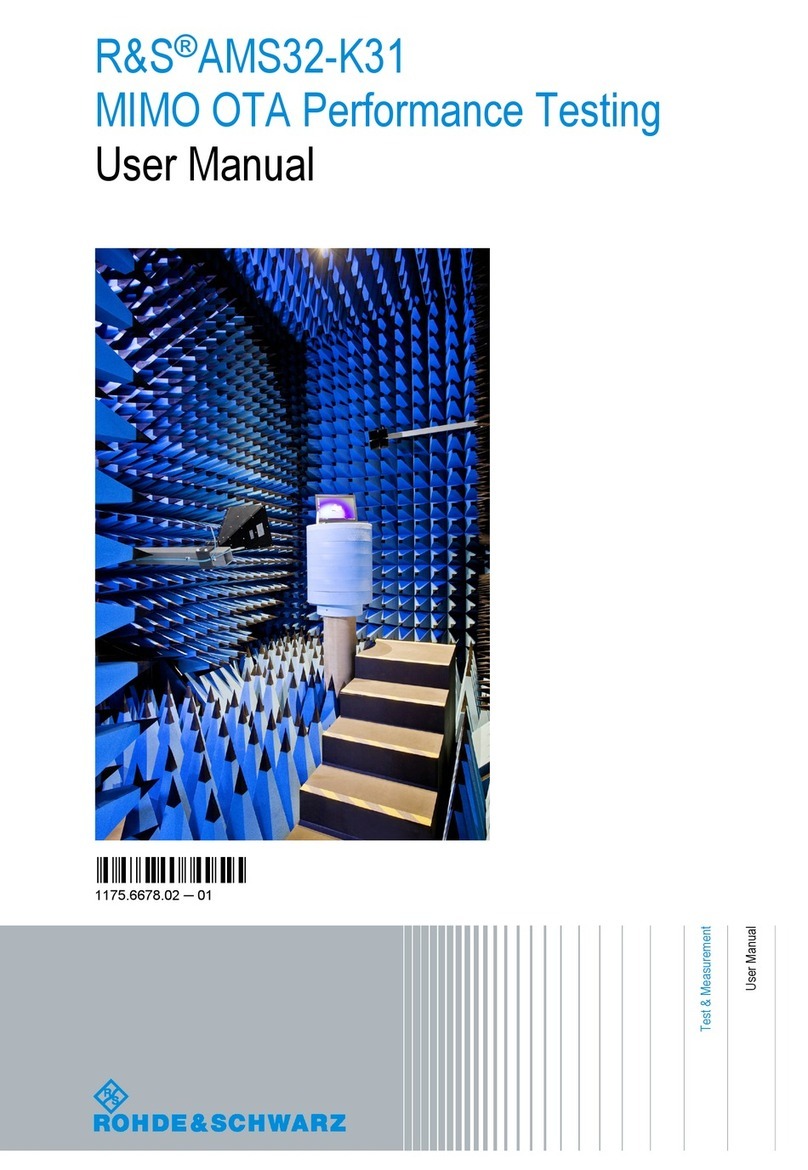
Rohde & Schwarz
Rohde & Schwarz R&S AMS32-K31 User manual
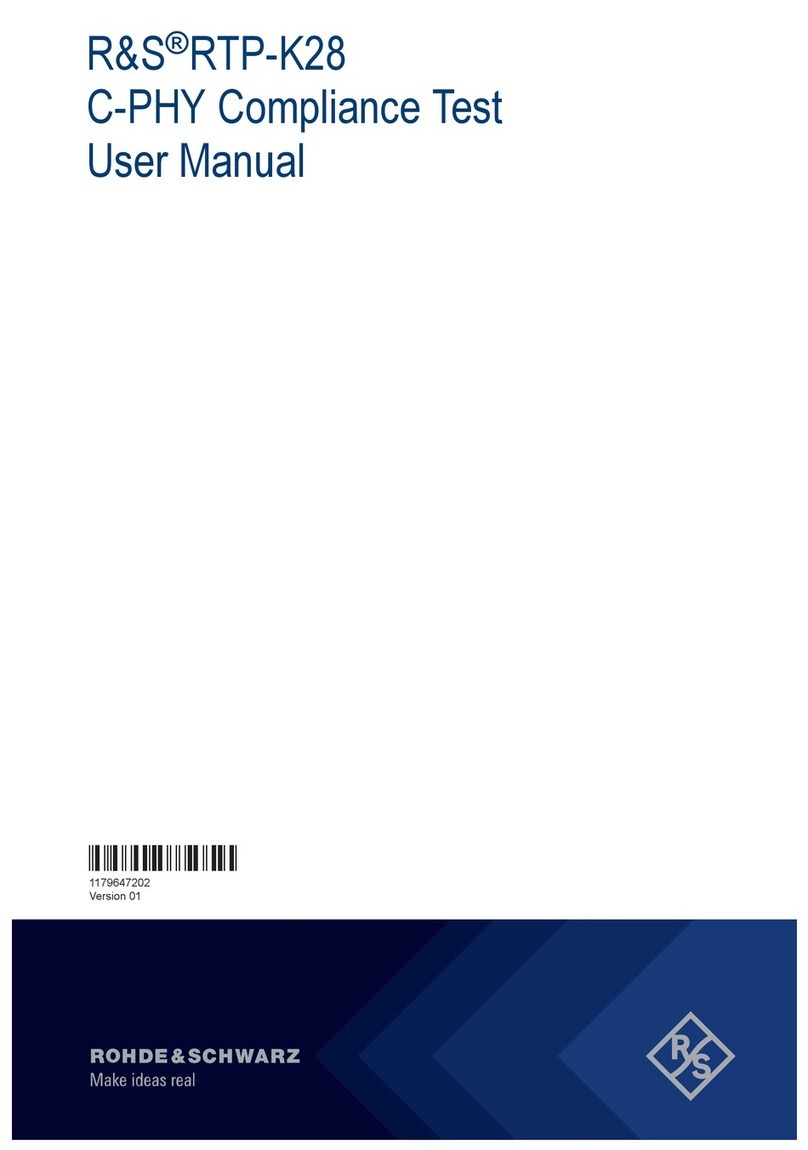
Rohde & Schwarz
Rohde & Schwarz R&S RTP-K28 User manual
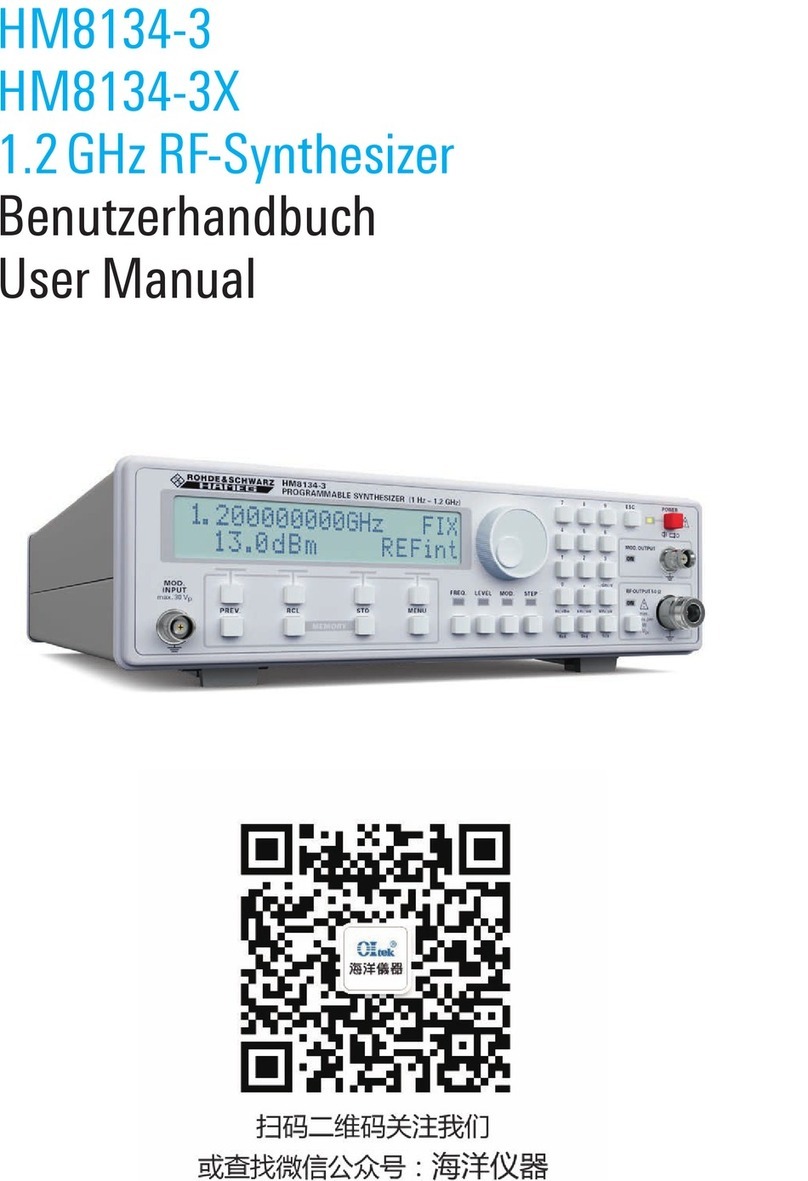
Rohde & Schwarz
Rohde & Schwarz HM8134-3 User manual
Popular Test Equipment manuals by other brands

Redtech
Redtech TRAILERteck T05 user manual

Venmar
Venmar AVS Constructo 1.0 HRV user guide

Test Instrument Solutions
Test Instrument Solutions SafetyPAT operating manual

Hanna Instruments
Hanna Instruments HI 38078 instruction manual

Kistler
Kistler 5495C Series instruction manual

Waygate Technologies
Waygate Technologies DM5E Basic quick start guide

StoneL
StoneL DeviceNet CK464002A manual

Seica
Seica RAPID 220 Site preparation guide

Kingfisher
Kingfisher KI7400 Series Training manual

Kurth Electronic
Kurth Electronic CCTS-03 operating manual

SMART
SMART KANAAD SBT XTREME 3G Series user manual

Agilent Technologies
Agilent Technologies BERT Serial Getting started
